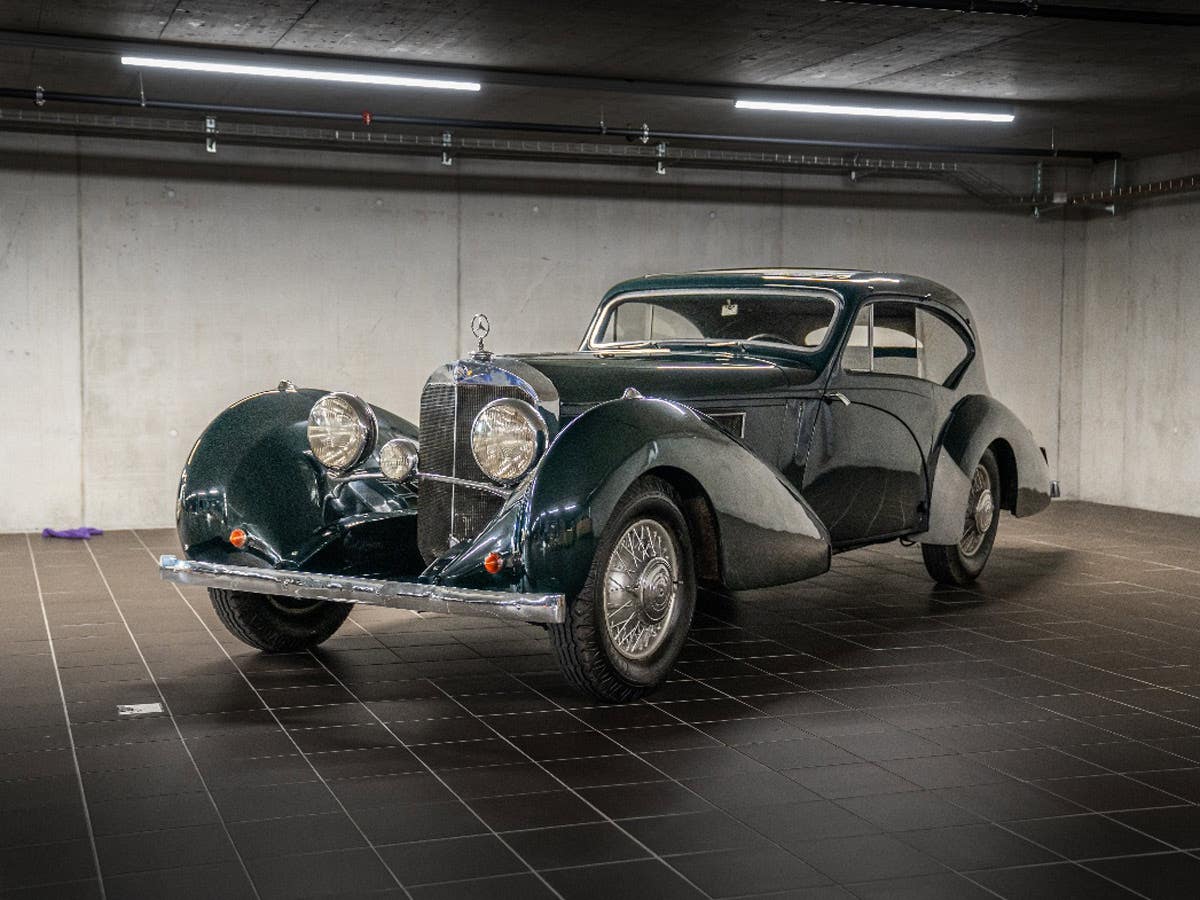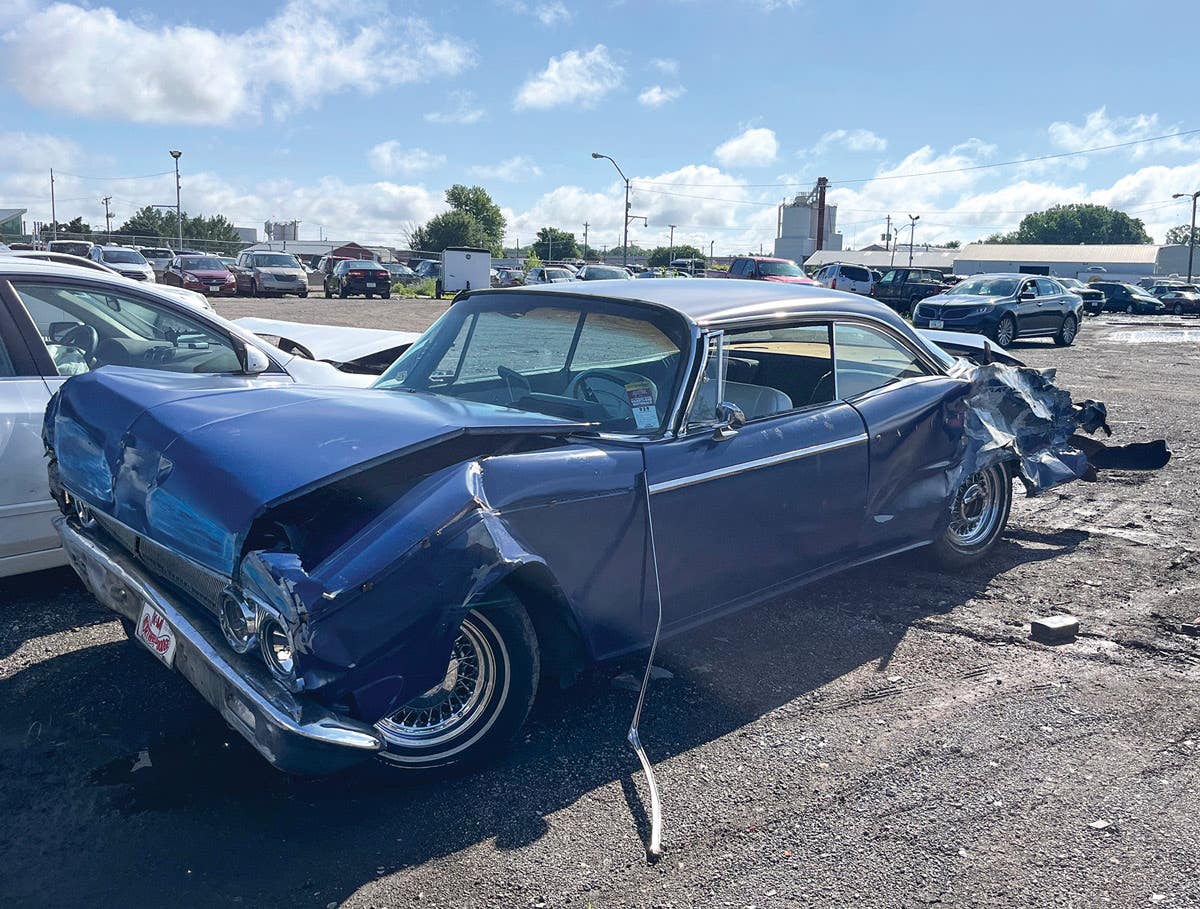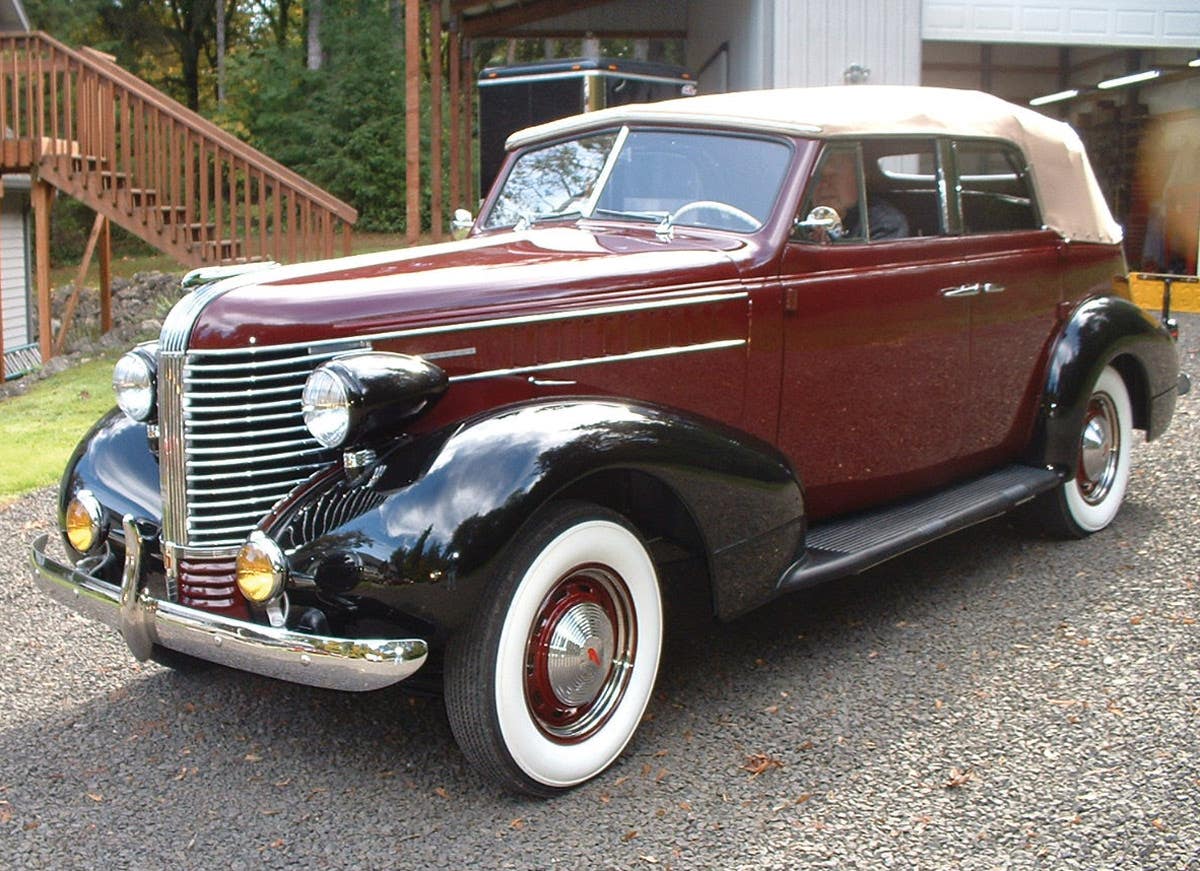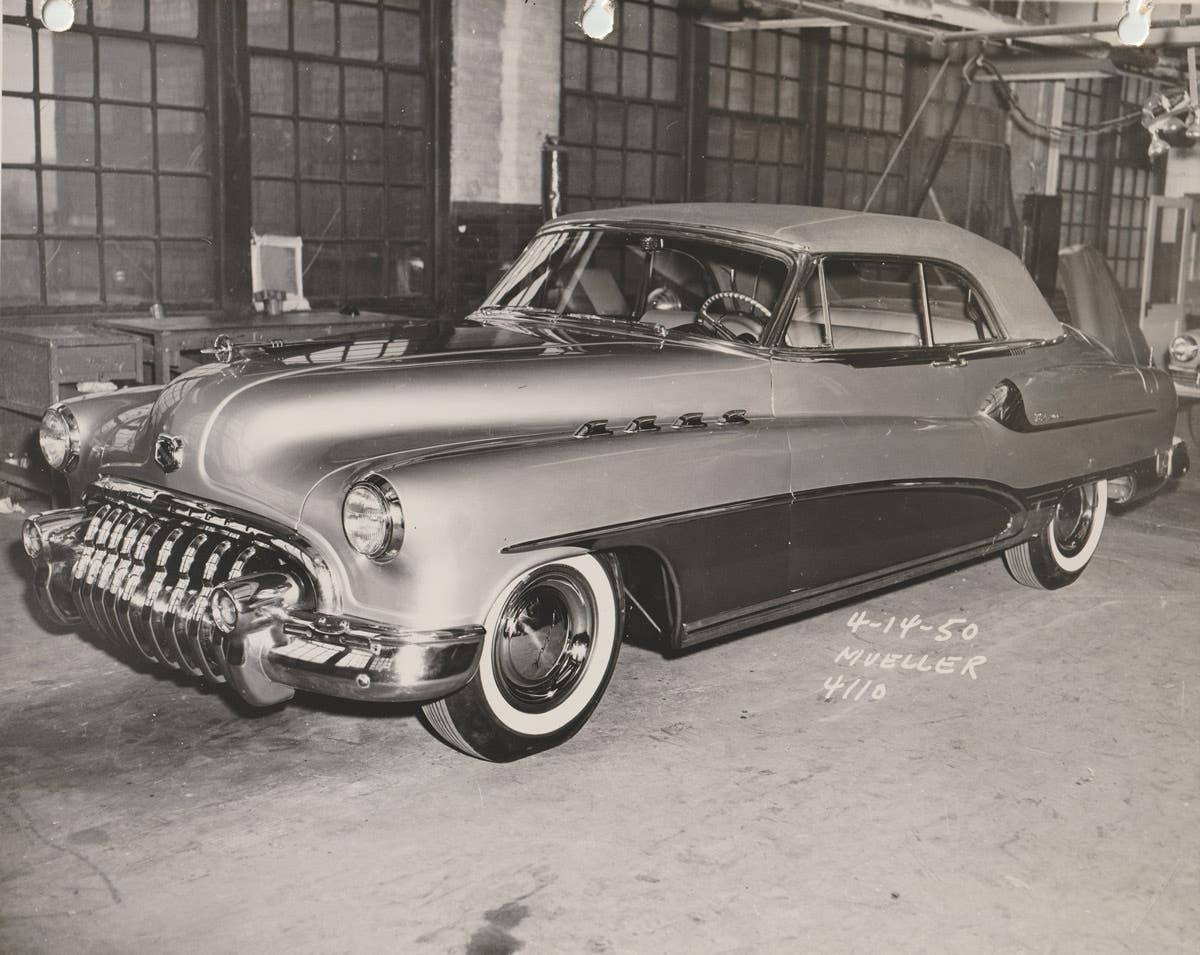It sold for how much?
Recently, I received an email from a reader from across the pond in the UK. The email touched on the sky-high values of collector cars owned by celebrities. With Jerry…
Recently, I received an email from a reader from across the pond in the UK. The email touched on the sky-high values of collector cars owned by celebrities. With Jerry Seinfeld selling off a few of his prized Porsches at the recent Amelia Island auction for a good chunk of change, I started to take notice. This got the gears rolling in the old noggin.
The fact that these were Jerry Seinfeld’s cars probably helped with the prices, but that was only one chapter in a larger story. Since I started working for Old Cars Weekly I have had the privilege of seeing extensive coverage of all the major auctions that included the high-dollar pedigreed cars. What I have noticed is that the cars on the top of the food chain came about their stature by a few classifiable traits: rarity, historical significance (race winner, firsts, etc.), ownership, and the wildcard – desirability.
That last attribute is what piqued my interest. The other traits can be documented, and for the most part, are quite objective. But in the collector car market it’s the subjective nature of desirability that tends to send the speculative prices through the roof.
When I hear of cars selling for double-digit millions of dollars it leaves me speechless. The sum of the parts cannot equal the grotesque amount of money these cars are fetching. If you break down every nut and bolt of the vehicle, the cost per piece is mind numbing. These are cars and not priceless works of art. Or are they?
This idea of an automobile as art plays into the market’s scheme as well. As an enthusiast I can vouch for the beauty of the automobile. They must be art; we have museums to showcase them. Just like paintings of Vermeer and Picasso hang on walls of museums around the world, automobiles are displayed with equal intent and care. There is one aspect of the comparison that I struggle with, though. Paintings were meant to function as static visuals to be hung on a wall for viewers to interpret. Cars on the other hand, were intended to be machines that stimulated the senses as well as function as transportation. So are they priceless works of art, or are they more? That is literally the million-dollar question. In this case, the automobile is considered art only when form supersedes function.
With any commodity, a free market bows to its invisible hand. Usually supply and demand will do its balancing act and dictate what a good is truly worth. That is unless other factors are at play. With prices as they are, I have wondered if the price tags are more of a symbol of the buyer’s wealth as opposed to the actual value of the car being sold. Like the adage goes “it is worth what someone is willing to pay on that day.” This too seems to be driving the costs upward.
After all this analysis, what does it mean to the average Joe in our wonderful hobby? We can look at the market in two ways. The first view would be that of the museum patron who is glad that the art is safe and secure for another generation to experience. The second viewpoint is that of the hobbyist who is frustrated with the cars being out of their financial reach. I tend to feel the pain of the second group but understand that those who have the means to preserve the history are doing so and that is a good thing for car enthusiasts of the future.
So what can those of us with more dreams than dollars do? We can look outside our “traditional” hobby cars and embrace those once viewed as awkward cousins and make them our own. Look to the four-door sedans and oddballs. Everybody loves the classic iron, but contrary to what many believe, good cars were made after 1970. A lot of fun and camaraderie can be found with these past outcasts. I am sure there is a following for every car ever made. You might be surprised how fun it can all be.
Cars will always be cars, and we can appreciate them in different ways. This is what makes our hobby so dynamic. The million-dollar car is no more special than the well-loved jalopy that so many of us put our blood, sweet, and tears into. We can always gawk and admire the “elite” cars, but cherish our drivers. There is room for all of us. We may not have a filet mignon budget, but I am just fine enjoying a well-made cheeseburger.







